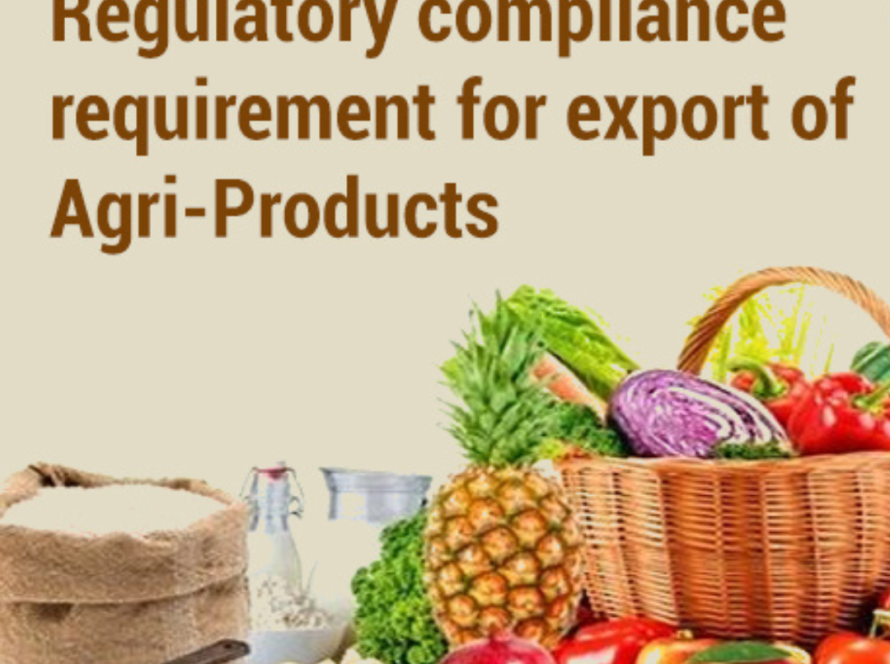Complete Guide to Import-Export Documentation
Import-export businesses are thriving in today’s global marketplace, connecting producers and consumers across international borders. However, one of the most challenging aspects of international trade is managing the documentation. Proper paperwork ensures smooth transactions, minimizes delays, and guarantees compliance with international laws. Here’s a comprehensive guide to import-export documentation to help you navigate this crucial process.
1. Why is Import-Export Documentation Important?
Documentation is the backbone of international trade, serving multiple purposes:
- Legal Compliance: Ensures adherence to international trade regulations and customs laws.
- Financial Security: Facilitates payments through banks using letters of credit and other instruments.
- Logistics Management: Streamlines shipping, customs clearance, and delivery processes.
- Risk Mitigation: Minimizes disputes and misunderstandings between buyers and sellers.
2. Key Import-Export Documents
A. Commercial Documents
-
Commercial Invoice
- Description: A bill detailing the goods sold, their value, and payment terms.
- Purpose: Serves as a contract and proof of sale between the exporter and importer.
- Key Elements: Seller and buyer details, description of goods, quantity, unit price, total value, payment terms.
-
Proforma Invoice
- Description: An estimated invoice sent before the shipment.
- Purpose: Provides a detailed quote, helping the buyer decide before the purchase.
-
Packing List
- Description: Details of the shipment’s contents, including quantity, weight, and dimensions.
- Purpose: Helps in verifying the cargo during customs clearance.
-
Bill of Lading (B/L)
- Description: A document issued by the carrier to acknowledge the receipt of cargo.
- Purpose: Serves as a title of ownership, contract of carriage, and receipt of goods.
- Types:
- Clean Bill of Lading: Indicates goods were received in good condition.
- Dirty or Claused Bill of Lading: Indicates damaged or missing cargo.
B. Financial Documents
-
Letter of Credit (LC)
- Description: A financial guarantee from the buyer’s bank to the seller.
- Purpose: Ensures payment to the exporter upon meeting specific terms and conditions.
-
Bill of Exchange
- Description: A written order requiring the importer to pay a specific amount at a set date.
- Purpose: Acts as a payment method in international trade.
-
Insurance Certificate
- Description: A document confirming insurance coverage for the shipment.
- Purpose: Protects the exporter and importer against potential loss or damage.
C. Customs Documents
-
Certificate of Origin (COO)
- Description: A document declaring the country where the goods were manufactured.
- Purpose: Helps in determining tariffs and ensuring compliance with trade agreements.
-
Customs Invoice
- Description: A specialized invoice required by customs authorities.
- Purpose: Used for calculating import duties and taxes.
-
Import/Export License
- Description: Government-issued authorization for exporting or importing specific goods.
- Purpose: Ensures compliance with trade regulations, especially for restricted goods.
-
Shipping Bill or Bill of Entry
- Description: Documents required for customs clearance.
- Purpose: Acts as proof of export or import for customs authorities.
D. Regulatory Documents
-
Health and Safety Certificate
- Required for: Food products, pharmaceuticals, and chemicals.
- Purpose: Ensures products comply with health and safety standards.
-
Inspection Certificate
- Description: Issued by an independent agency confirming the goods’ quality and quantity.
- Purpose: Reduces disputes by verifying compliance with buyer’s requirements.
-
Export Declaration
- Description: A document declaring the nature and value of exported goods.
- Purpose: Required for statistical and regulatory purposes.
3. Step-by-Step Guide to Import-Export Documentation Process
- Order Confirmation: Confirm order details, including quantity, price, and delivery terms.
- Proforma Invoice: Send a detailed quotation to the buyer.
- Payment Terms: Agree on payment methods (e.g., Letter of Credit, Bill of Exchange).
- Shipment and Packing: Prepare a packing list and arrange for shipment.
- Customs Clearance: Submit required customs documents, including COO, Bill of Lading, and Commercial Invoice.
- Insurance: Obtain insurance for the cargo and issue an Insurance Certificate.
- Delivery and Payment: Deliver goods to the importer and receive payment as per the agreed terms.
4. Challenges in Import-Export Documentation
- Compliance with International Laws: Different countries have unique import-export regulations.
- Accuracy and Consistency: Minor discrepancies can lead to customs delays or penalties.
- Language Barriers: Inaccurate translations can result in misinterpretation.
- Frequent Changes in Trade Policies: Staying updated with changes in tariffs and trade agreements is crucial.
5. Tips for Efficient Documentation Management
- Use Digital Solutions: Implement document management systems to streamline paperwork.
- Stay Informed: Keep up-to-date with international trade regulations and requirements.
- Work with Experts: Consult with freight forwarders and customs brokers for complex shipments.
- Double-Check Details: Verify all information for accuracy before submission.
- Organize and Store Records: Maintain organized records for future reference and audits.
6. Conclusion
Proper import-export documentation is crucial for the success of international trade. It ensures compliance with regulations, minimizes risks, and facilitates smooth transactions. By understanding the various documents involved and the processes required, businesses can optimize their global supply chain and avoid costly errors.


